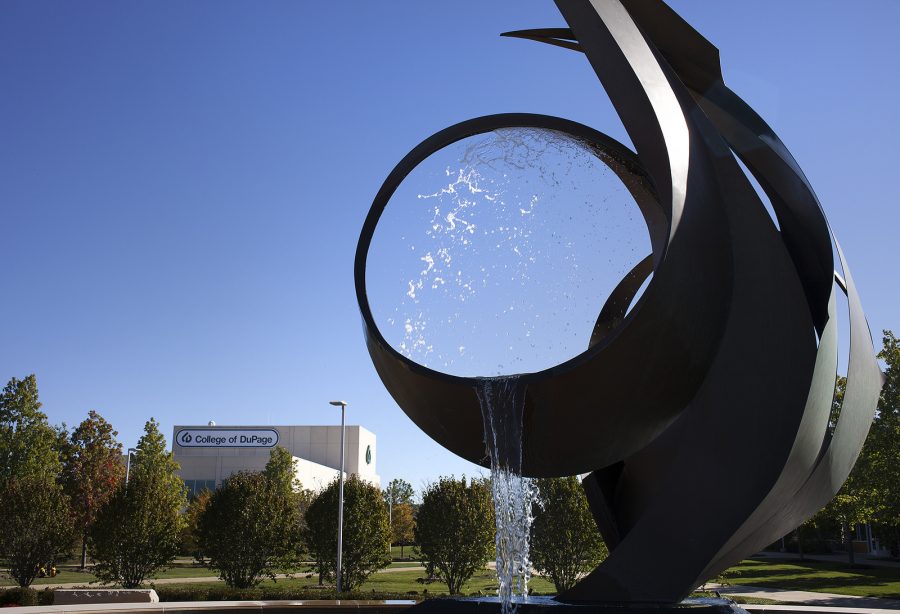Rauner passes $600 million higher education funding, including MAP grants
provided by COD News Bureau
May 4, 2016
The wait is over for thousands of College of DuPage students who have waited nine months for state funds that will allow them to pursue their education. Gov. Bruce Rauner recently passed legislation that distributed $600 million to higher education institutions across Illinois. This emergency funding covers the MAP grant for students and other higher education costs that schools had to manage since the budget impasse.
The College of DuPage will redistribute funds for the MAP grant owed to students for fall 2015 on Friday, May 9. Those who were supposed to receive the grant and kept up their eligibility for it over the fall semester should have received an email on Monday, May 2, about the distribution.
The MAP, or Monetary Access Program, provides grants, which students do not have to pay back to the government, to Illinois residents who are in need financial assistance based on information provided by the Free Application for Federal Student Aid, or FASFA.
The legislation, SB 2059, allotted about $74 million for community college higher education costs. Of that, College of DuPage received about $3.5 million. COD usually receives $14 million annually from the state for higher education costs. As well, the state distributed $170 million dollars for MAP grant funding across the state, and about $16 million of that will go to all community college students who were supposed to receive the funding in the 2015-2016 school year.
COD has been able to receive funding relatively faster than other institutions due to how the college handled the MAP grant funding impasse over the past months. Vice President of Student Affairs Earl Dowling explained that the college created a hold file and sent it to the state during the funding deadlock, which became a voucher for immediate funding once the grant was approved.
“What it did is it created a file that said this student actually received a MAP grant,” said Dowling. “Now of course they didn’t because there were no MAP funds, but this file said they did, and the advantage of doing that is the MAP rules at the state level are very clear. You must submit a request for payment by a certain date. By creating this hold file, it appeared that we paid their funds, and we sent this file off, and it just sat there. If we didn’t receive state funds, it would go away. The fact that we did receive state funds made it a voucher. Some schools might have to go back and create files. We didn’t have to create files; we already created it. That’s why we can get a voucher today, credit students’ accounts on Monday [May 2], and get the refunds out. We did a lot of the behind the scenes work just in case this budget impasse was resolved.”
Although students haven’t been able to receive MAP funding until starting this week, most COD students didn’t need the grant to cover their tuition in the first place. The college conducted research looking at tuition payments by students that needed the MAP grant most had their tuition covered by the federal Pell Grant.
For the individuals who needed the grant to go to school, the college used the COD foundation’s emergency fund to pay for student tuition.
The emergency fund helps in-need students pay for college when the student is in dire need of financial assistance. The college uses it when something unplanned or unexpected occurs to a student that makes it very difficult for that person to go to college. Dowling believes the fact that most students had their tuition paid for took a lot of pressure off of the college, and the way the college handled the situation was more efficient than many of the institutions across the state.
“Generally speaking, some schools made the decision that they would pay the money and then ask the students to pay it back, so the students had to pay back the MAP grant,” said Dowling. “Now that the government is giving out the MAP money, they’ve got to give the money back to the student. There is a tremendous amount of inefficiency in that. I thought our approach was the right one, and that is to do our research on how many students will be affected. We had some emergency funds set aside. Pell Grant help seemed to take care of us, and the state did come through.”


















